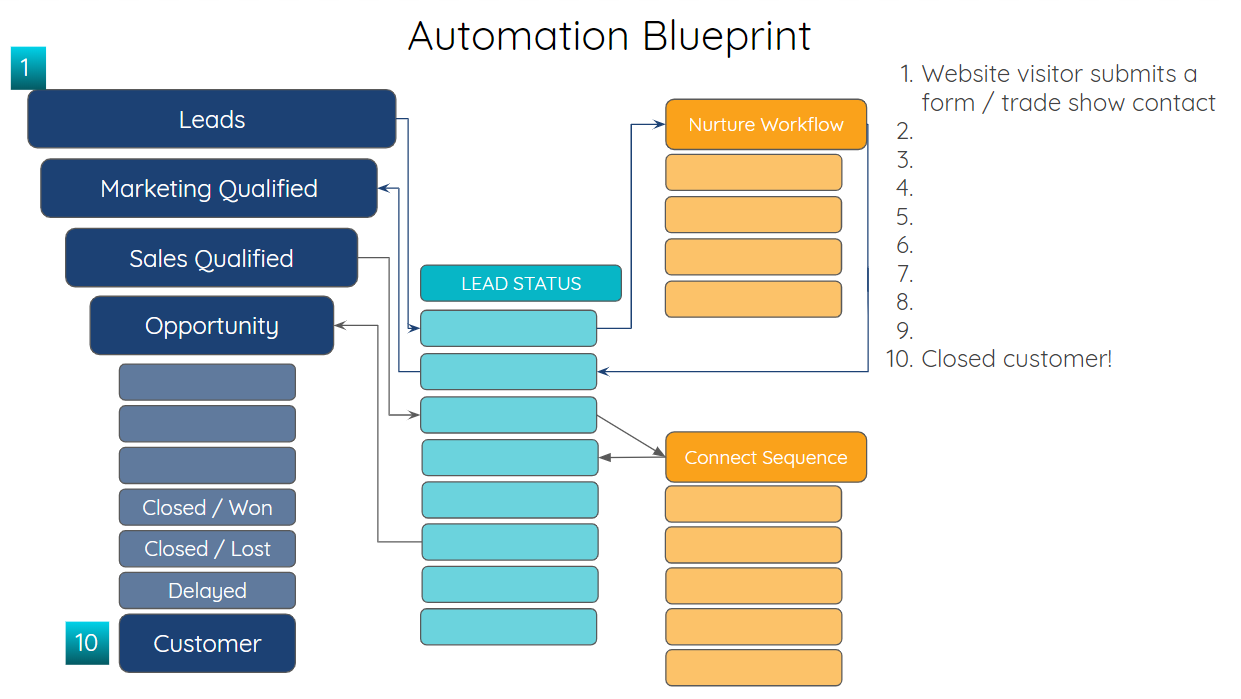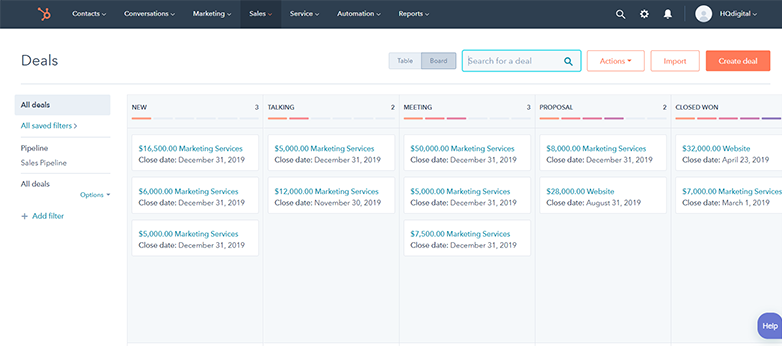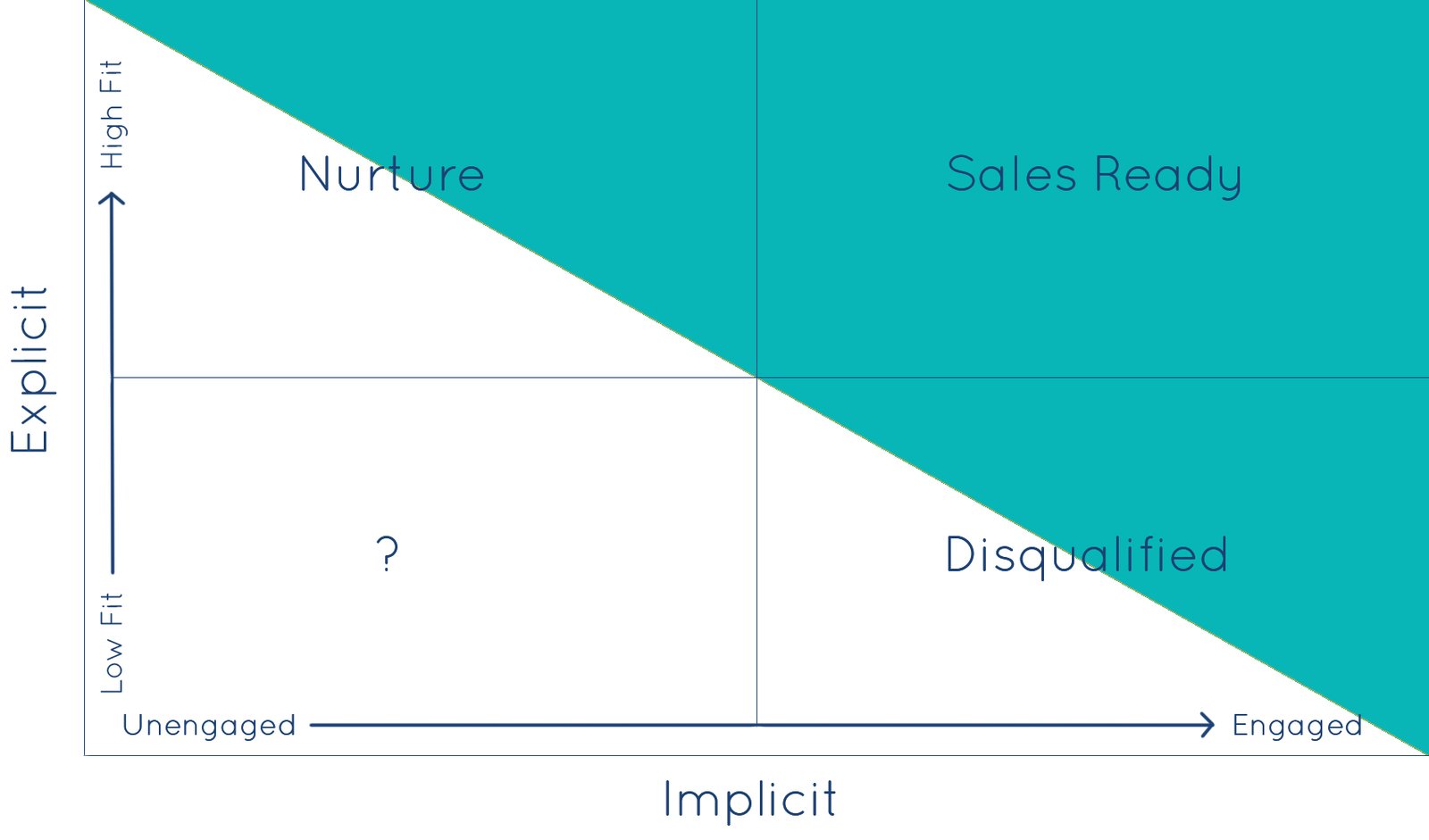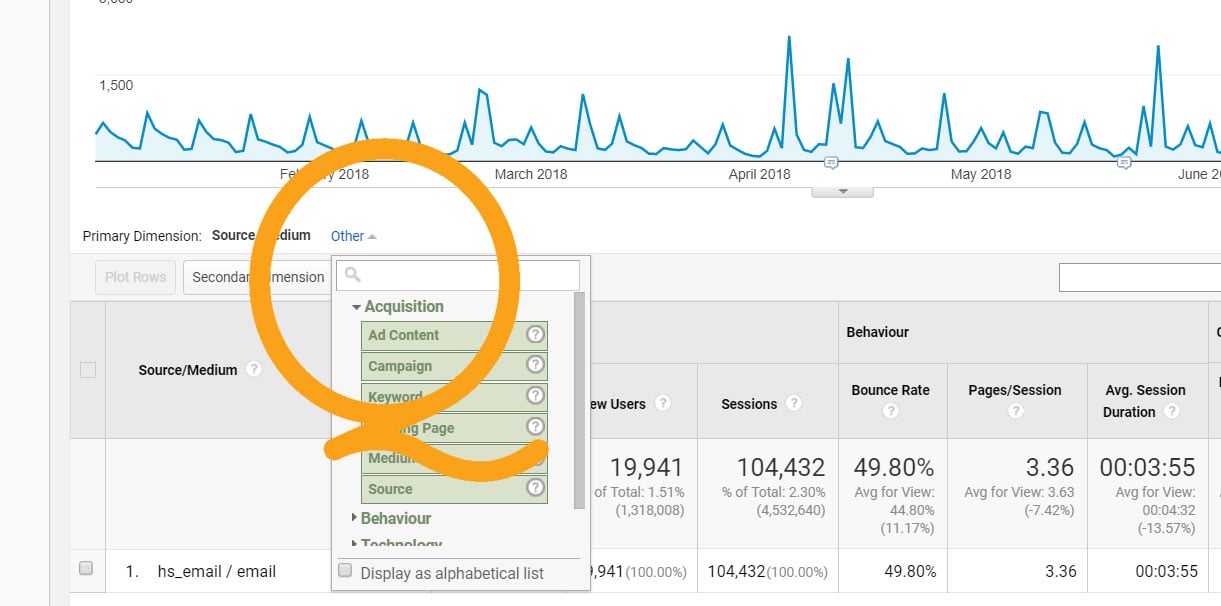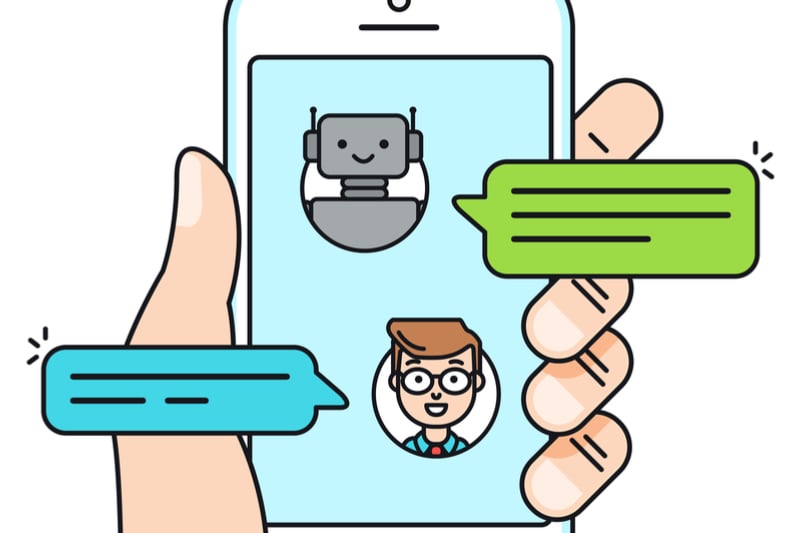
If you’ve spent any time online over the last two years, you’ve more likely than not encountered chatbots. And if you haven’t, you will soon. Chatbots, often referred to simply as “bots,” are heralded by many as the next must-have-technology for marketing and sales.
Businesses of all shapes and sizes are adopting chatbots rapidly, and there are many powerful applications within any given company. More and more big brands, from Nike to Whole Foods, have already embraced bot technology, and now chatbots are quickly becoming mainstream. Research from Forrester showed that in 2016, just 5% of companies worldwide were using chatbots regularly. Compare that to a recent survey by Oracle, which found that 80% of senior marketing and sales professionals expect to be using chatbots for customer interactions by 2020.
Chatbots are an excellent reminder that the digital revolution is far from over. We’re actually right in the midst of it. As more and more companies join in, marketers need to get a good grasp on how to use this powerful technology for the good of their brand.
So, let’s explore this emerging technology, what it means for marketing teams, and how to leverage it successfully for your brand.
What is a Chatbot?
Chatbots, simply put, are computer-generated programs that can start and carry on conversations with customers and prospects online.
You can think of a chatbot like a form plus automation. They are great for teams who are trying to scale that can’t afford to hire additional team members in their marketing department, or who wish to assign other, higher-level thinking tasks to their teams.
Widespread adoption of chatbots is still in its infancy, but the technology is not exactly new. Chatbot technology was pioneered as early as 1966, but it’s the recent advances in AI (particularly in machine learning) and natural language processing that is contributing to rapid adoption by the masses.
The best chatbots rely on AI and machine learning, which means that these chatbots can continuously improve the experience of a website visitor. Despite their usage of complex technology, creating a chatbot is relatively simple for marketers, often with no coding knowledge required. There are many options for chatbots, and many integrate with other messaging tools, such as Facebook Messenger and Slack.
Why Use Chatbots?
The potential for chatbots is huge. Chatbots allow you to automate and scale interactions with your website visitors, leads, prospects, and customers. Some of the most popular use cases for chatbots today are:
- Engaging website visitors
- Conducting research
- Generating leads
- Gathering lead intelligence
- Upselling and cross-selling
- Managing customer service inquiries
- Facilitating online purchases
Not only are they useful to marketers, but people on the receiving end are also loving bots. Amtrak’s chatbots answer more than five million questions annually, according to a recent case study by the Overthink Group. In this report, 71% of customers stated that they want the ability to solve most customer service issues on their own, and self-service chatbot options are exactly what they are looking for.
Some of the biggest benefits of chatbot usage for brands is the ability to proactively establish a relationship with prospects and customers. In the past, it was necessary for brands to wait on human prospects to make the first move. Now, chatbots can actually instigate conversation and start a buyer’s journey proactively. This is amazing news for digital marketers who do it right.
Additional major benefits of chatbots for marketing are bots’ ability to scale operations quickly and significantly deepen engagement with a target audience.
How to Use Chatbots Successfully
Just like any technology, marketers must be careful when deploying chatbot technology. Here’s some guidance on how to use chatbots well.
Rule #1: Start with Strategy
Never expect a piece of technology to magically generate marketing results. You must start with a solid strategic foundation if you want to be successful here. Think of it like this: you’re not “building a bot” so much as “creating a conversational marketing strategy.” And, like everything else in marketing, strategy is everything.
It’s worth noting that although chatbots are being rapidly adopted by businesses, you should be careful not to assume that every website visitor or potential customer for your brand wants to chat. People have all different communication styles and preferences, so it’s always a best practice to understand your audience and what will appeal to them. A chatbot is a great tool to enhance your visitor's experience, not a tool to dictate the experience.
Rule #2: Pick a Platform and Plan Aligned with Your Goals and Needs
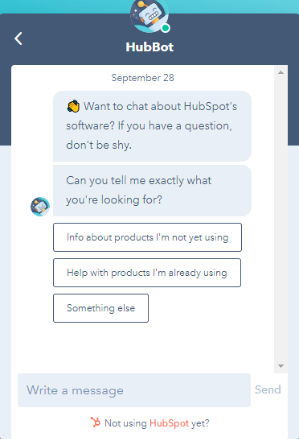 Once you’ve determined a strategy and set some goals, it’s time to evaluate potential platforms for your chatbot. There are an impressive number of options for chatbot technology for marketers. Here is just a partial list to get you started finding the right bot solution for your business.
Once you’ve determined a strategy and set some goals, it’s time to evaluate potential platforms for your chatbot. There are an impressive number of options for chatbot technology for marketers. Here is just a partial list to get you started finding the right bot solution for your business.
Like most pieces of marketing technology, chatbots can get very complex very quickly, and it’s best to start off simply. Use a single chatbot for a single purpose. Don’t try to accomplish too much with one bot.
Don’t make the all-too-common mistake of placing a chatbot on a website or landing page that you want users to read or engage with. Chatbots will likely take the place of content consumption wherever they are found.
Rule #3: Nail Your Messaging
The challenge of building chatbots for marketing isn’t a technical one. But the stakes are high to get your messaging right, or you’ll risk repelling potential customers. “How can I help?” is always a good starting point.
Rule #4: Rely on Data
The best chatbots are built with AI. As a marketer, build your bot to leverage information you already have. Airline chatbots, for example, should know whether you have frequent flyer miles or points. Or if you usually prefer a window or aisle seat.
Rule #5: Commit to Continuous Improvement
If you’re going to leverage chatbots in your marketing strategy, you’ll need to commit to continuous refinement over time if you want to see results. Review your chatbot performance against your initial goals, and leverage the data you have to improve the chatbot’s performance.
Rule #6: Be Helpful
Above all, always keep in mind the intent of a chatbot - to help your visitors. This is the golden rule of chatbots, to prioritize utility above everything else. No one wants to talk to a robot that isn’t helpful. Doing so creates a frustrating experience for users and a bad look for your brand.
Final Thoughts
Chatbots represent the latest and greatest in digital marketing sales technology, and they’re not going away anytime soon. Companies that thoughtfully adopt and execute a conversational marketing strategy by way of chatbots stand to reap enormous benefits.




